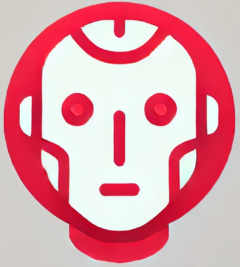When a digital artwork titled “Portrait of Edmond de Belamy” sold for $432,500 at Christie’s auction house, it marked a pivotal moment – the first piece of art created by generative AI to be sold at a major auction. This watershed event signaled the dawn of a new era in creative expression, where artificial intelligence becomes both tool and collaborator.
The Rise of AI-Powered Creativity
Generative AI represents more than just technological advancement – it’s reshaping our fundamental understanding of creativity. These systems can now compose symphonies, write novels, create photorealistic images, and generate video content, all while learning from and building upon human creative traditions.
How Generative AI Works
The creative process of AI relies on sophisticated mechanisms:
- Pattern Recognition: Systems analyze millions of examples to understand the fundamental elements of artistic expression
- Neural Networks: Complex algorithms that mimic human brain functions to generate original content
- Style Transfer: Technology that can apply artistic styles to new creations while maintaining structural integrity
Revolutionary Applications Across Creative Industries
According to research from World Economic Forum, generative AI is transforming multiple creative sectors:
- Visual Arts: AI systems creating original artwork, designs, and illustrations that blur the line between human and machine creativity
- Music Production: Algorithms composing original scores and generating unique sound patterns that challenge traditional composition methods
- Content Writing: Advanced language models producing everything from marketing copy to creative fiction
The Human-AI Creative Partnership
Rather than replacing human creativity, generative AI is emerging as a powerful collaborative tool:
- Ideation Support: AI systems helping creators brainstorm and explore new creative directions
- Technical Assistance: Automating routine aspects of creative work to allow focus on higher-level artistic decisions
- Creative Enhancement: Providing tools that expand the possibilities of human expression
The Future of Creative Expression
As generative AI continues to evolve, we’re entering an era where the boundaries between human and machine creativity become increasingly fluid. The key to success lies not in choosing between human or artificial creativity, but in understanding how to harness both in harmony.
This transformation isn’t just about producing more content – it’s about expanding the horizons of human creativity and enabling new forms of artistic expression that were previously impossible. The future of creativity isn’t human versus machine; it’s human and machine, working together to push the boundaries of what’s possible.
